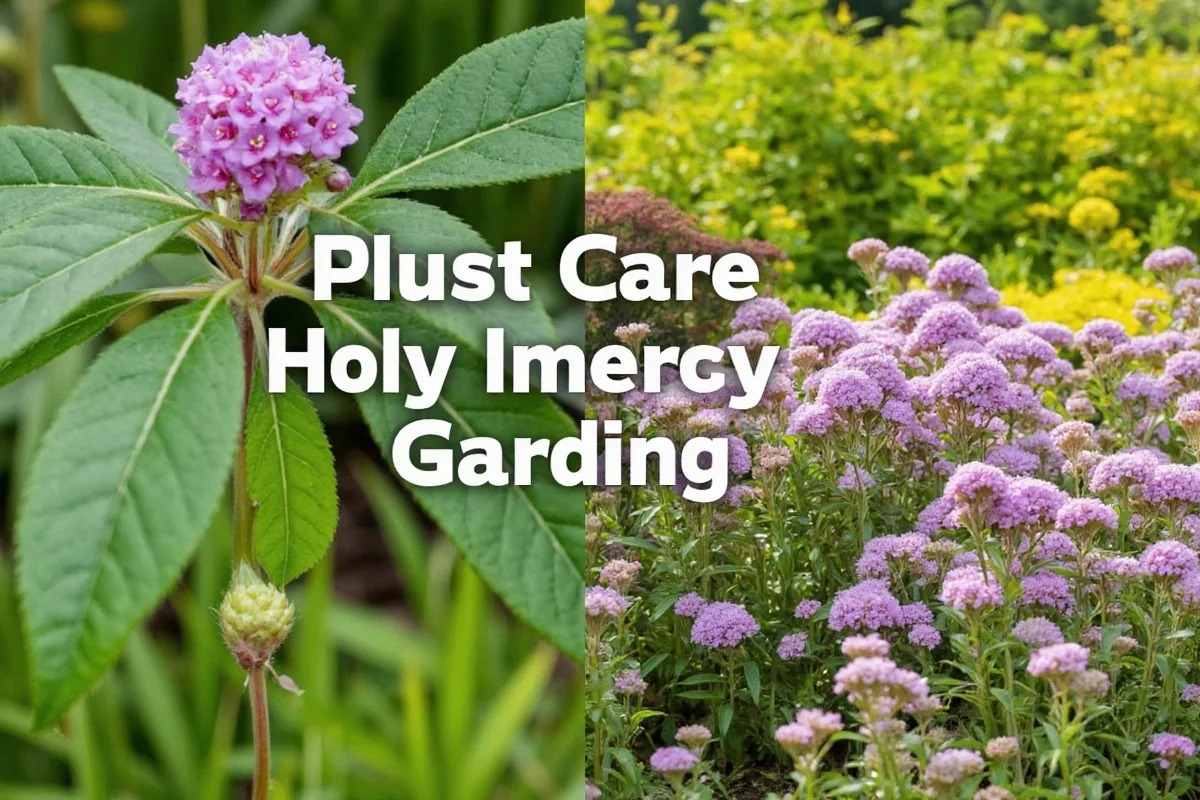Growing Cylindropuntia Cholla, a member of the cactus family, offers a unique and rewarding experience for both novice and expert gardeners. Known for their hardy nature and striking appearance, these cacti are relatively easy to cultivate, making them ideal for those looking to add some southwestern flair to their garden. In this article, we will explore the essential elements of growing Cholla cacti, including their natural habitat, planting instructions, care requirements, potential issues, and benefits.
Natural Habitat of Cylindropuntia Cholla
Cylindropuntia Cholla, commonly known simply as Cholla, is native to the arid regions of North America, especially the southwestern United States and northern Mexico. These striking plants thrive in environments characterized by hot weather and minimal precipitation, which has shaped their resilience and adaptability.
- Desert-loving: Chollas flourish in sandy and rocky soils, typical of desert landscapes.
- Drought-resistant: They have adapted to survive long periods without water.
- Temperature tolerance: These cacti can endure extreme temperatures, from scorching heat to cold snaps.
The natural habitat of Cholla cacti mirrors conditions that are challenging for many other plants, making them a great choice for gardeners in similar climates. These cacti prefer locations where they can receive plenty of sunlight, with occasional shade. Understanding their natural environment helps us better cater to their needs in cultivation.
How to Plant Cylindropuntia Cholla
Planting Cholla cacti can be a straightforward process when approached with proper knowledge and care. Selecting the right site and using suitable planting techniques are critical for success.
- Site selection: Choose a site with full sun exposure. Chollas thrive in direct sunlight, making sunny windowsills or south-facing gardens ideal spots.
- Soil preparation: Ensure the soil is well-draining. Sandy or rocky soils are preferable. If needed, amend heavier soils with coarse sand or gravel.
- Spacing: Allow enough space between individual plants to account for potential growth and spread, typically at least a couple of feet.
Cholla cacti are usually planted using cuttings from existing plants. Handle cuttings with care, as the spines are sharp. Plant the cutting by gently embedding it in the prepared site, ensuring it is stable and upright. Water lightly after planting, but ensure the soil does not become waterlogged, as this can lead to rot.
Care and Maintenance
Caring for Cylindropuntia Cholla involves minimal maintenance once established, as these plants are adapted to survive with little intervention. However, some practices will ensure the health and vibrancy of your Cholla cactus.
- Watering: Provide water sparingly. Typically, once a month is sufficient during active growth seasons, decreasing in winter. Always allow the soil to dry out completely between watering.
- Fertilization: Chollas generally do not need added nutrients, but an occasional balanced cactus fertilizer can promote robust growth and flowering.
- Pruning: Remove any damaged or diseased parts and manage growth to maintain desired shape.
Although Chollas are low-maintenance, consistent care—especially in watering—prevents common problems such as root rot, ensuring your plant remains healthy and beautiful.
Common Challenges
While Chollas are relatively easy to grow, they can face certain challenges that gardeners should be prepared to handle.
- Pests: Like many cacti, Chollas can be affected by pests such as spider mites and scale insects. Regular inspection and appropriate treatments can mitigate these issues.
- Diseases: Root rot due to over-watering is a common issue. Ensure soil drainage is optimal and keep watering to a minimum. Other fungal infections may occur in overly humid conditions.
- Environmental damage: Strong winds or heavy rain can damage Cholla cacti physically. Position them in sheltered locations to minimize exposure to harsh elements.
Proactively addressing these challenges through careful monitoring and preventive measures helps in maintaining a healthy Cholla and reducing the likelihood of serious issues.
Benefits of Growing Cylindropuntia Cholla
Aside from aesthetic appeal, Cylindropuntia Cholla offers several benefits that enhance your garden or landscape.
- Wildlife habitat: Cholla cacti provide shelter for various wildlife species, promoting ecological diversity.
- Low water requirement: Their drought tolerance is advantageous in water conservation efforts.
- Therapeutic value: Cultivating Cholla and other cacti can be a calming and rewarding hobby.
Additionally, chollas are resilient and can bring a touch of exotic beauty to areas that might otherwise struggle with dry conditions. They are an excellent choice for xeriscaping, requiring minimal care while providing maximum impact.
In conclusion, growing Cylindropuntia Cholla is a fantastic choice for gardeners looking to expand their plant variety with hardy and visually impressive cacti. By following the guidelines for planting, maintaining, and addressing potential issues, you can enjoy these unique plants for many years. With their ability to thrive in challenging conditions, Cholla cacti are not only easy to grow but also a sustainable choice, championing the principles of water-wise gardening.











 浙公网安备
33010002000092号
浙公网安备
33010002000092号 浙B2-20120091-4
浙B2-20120091-4